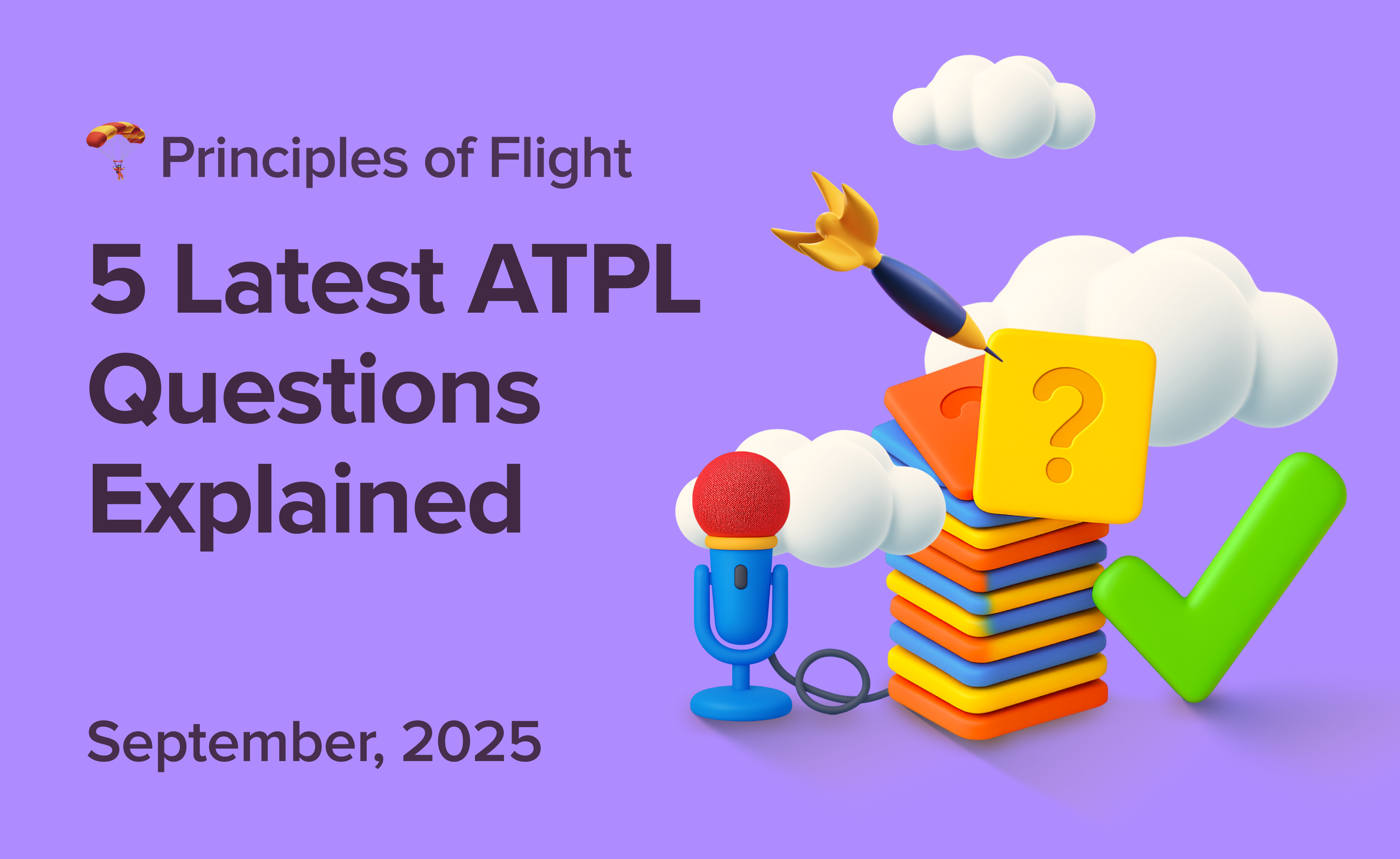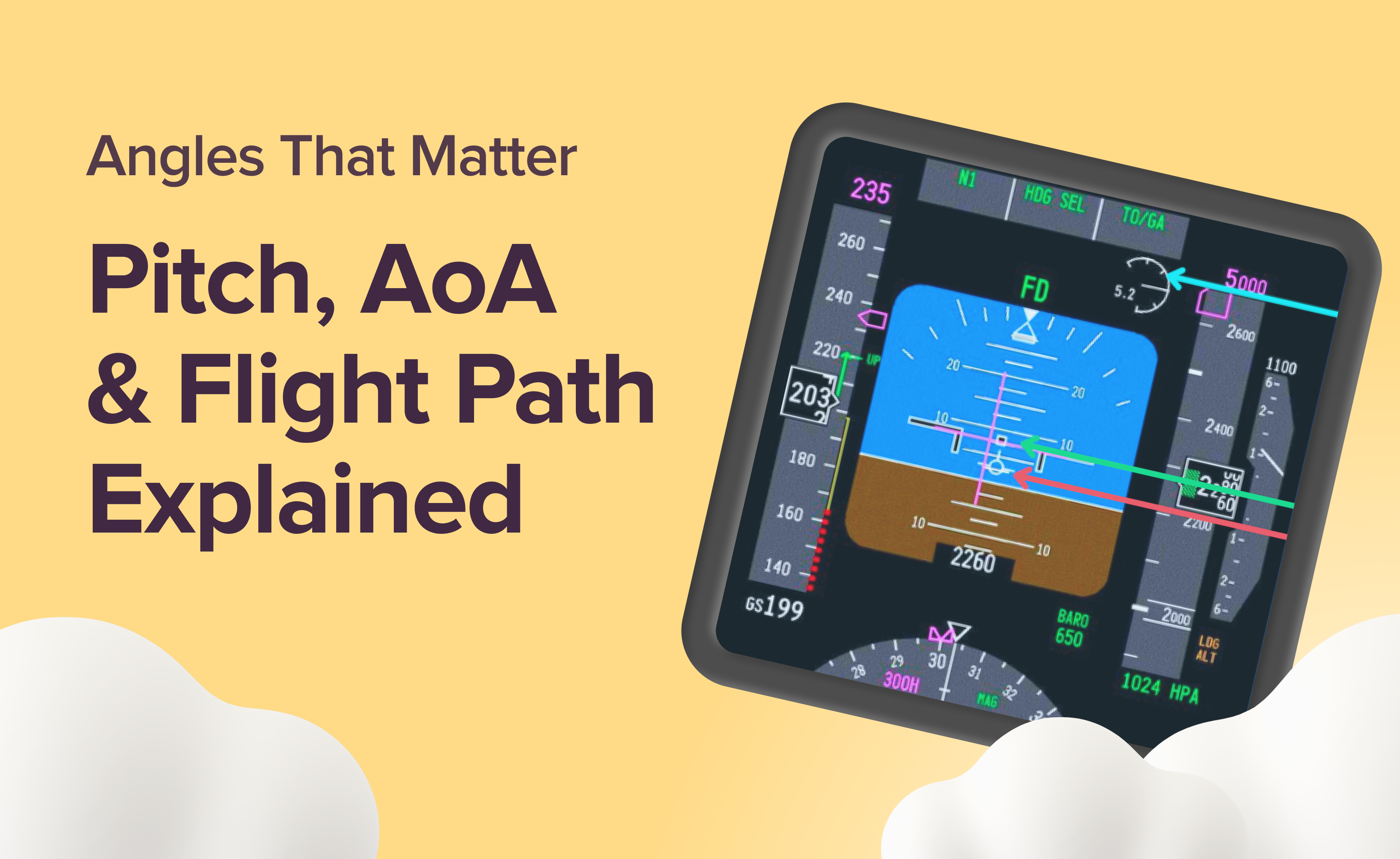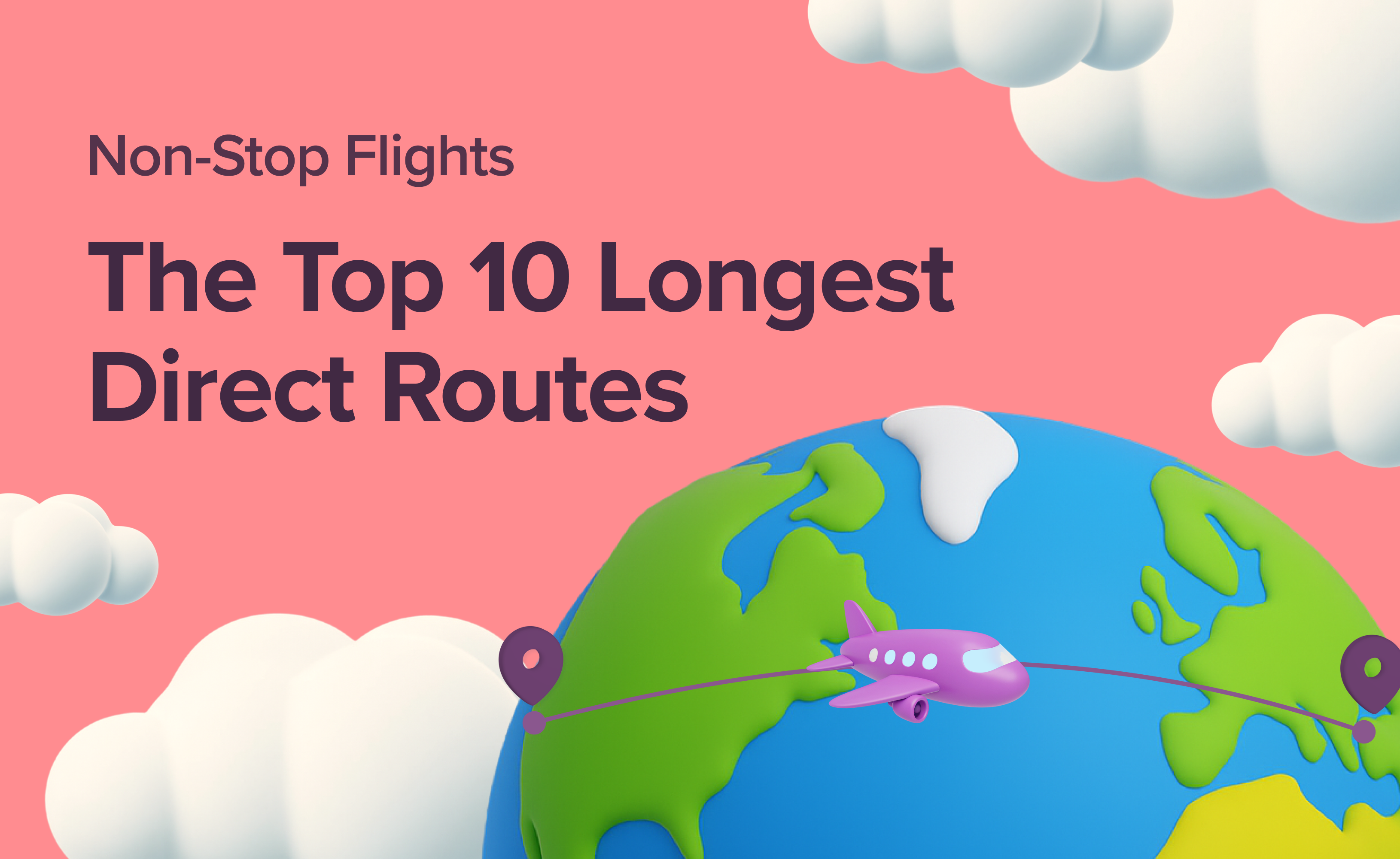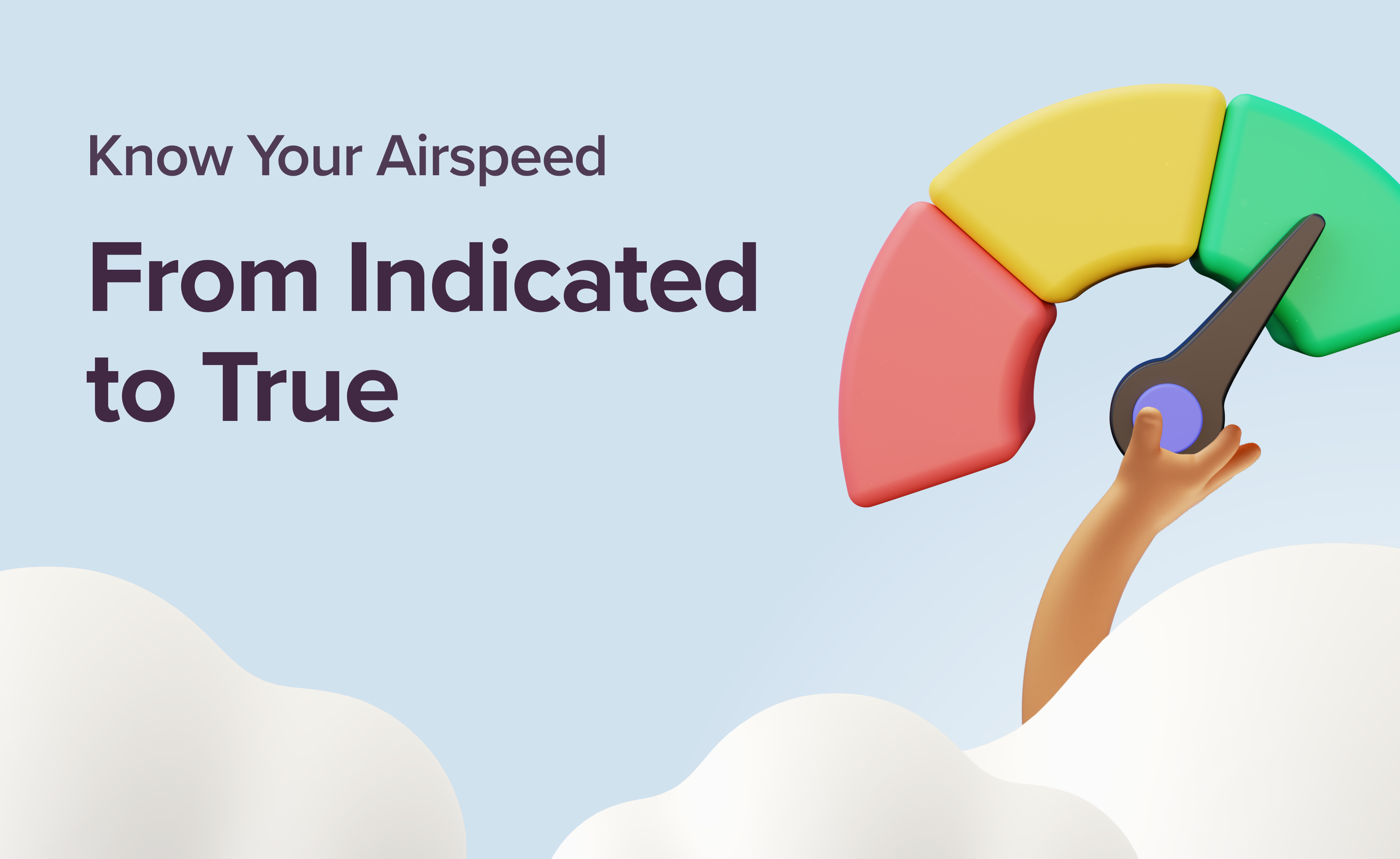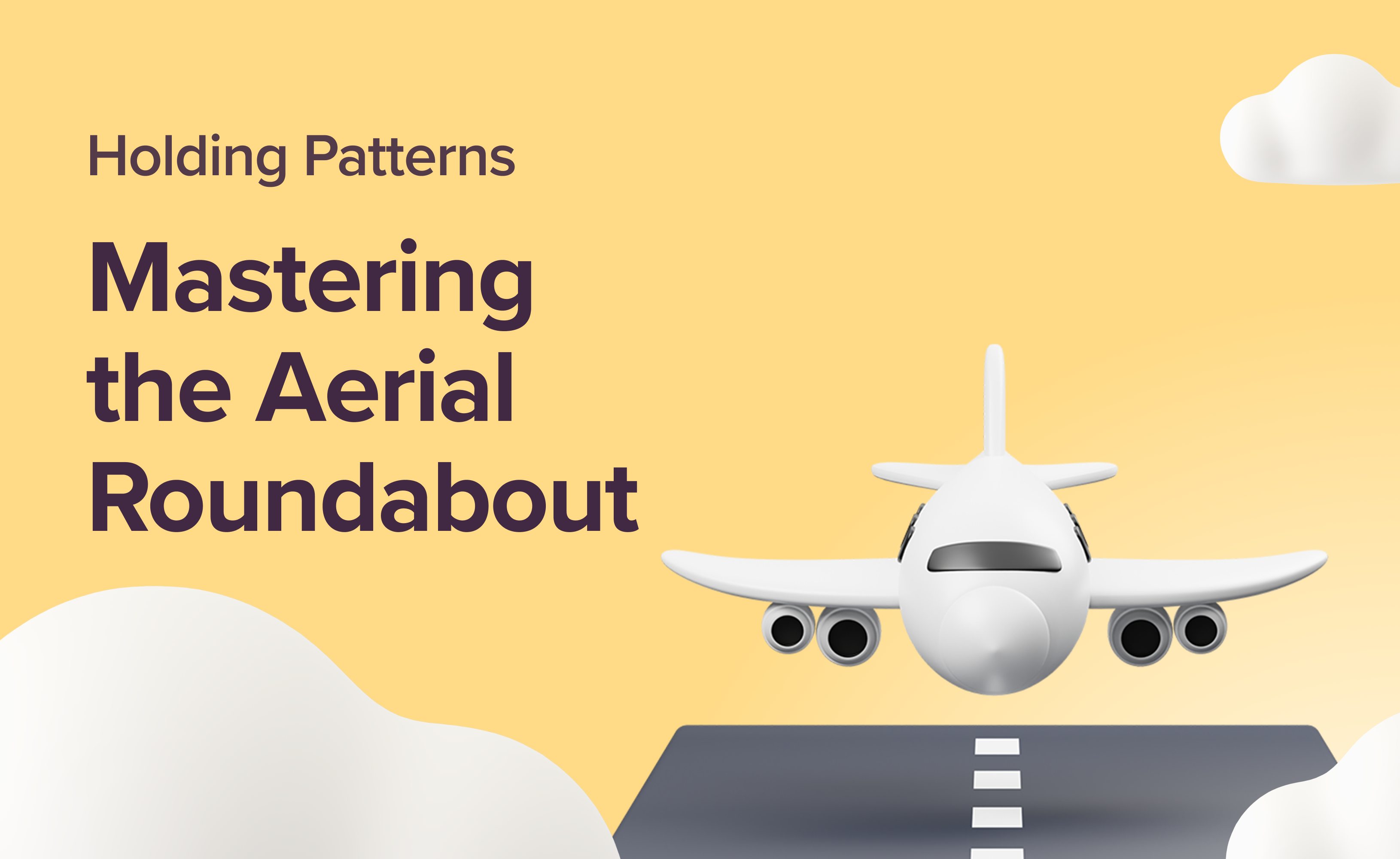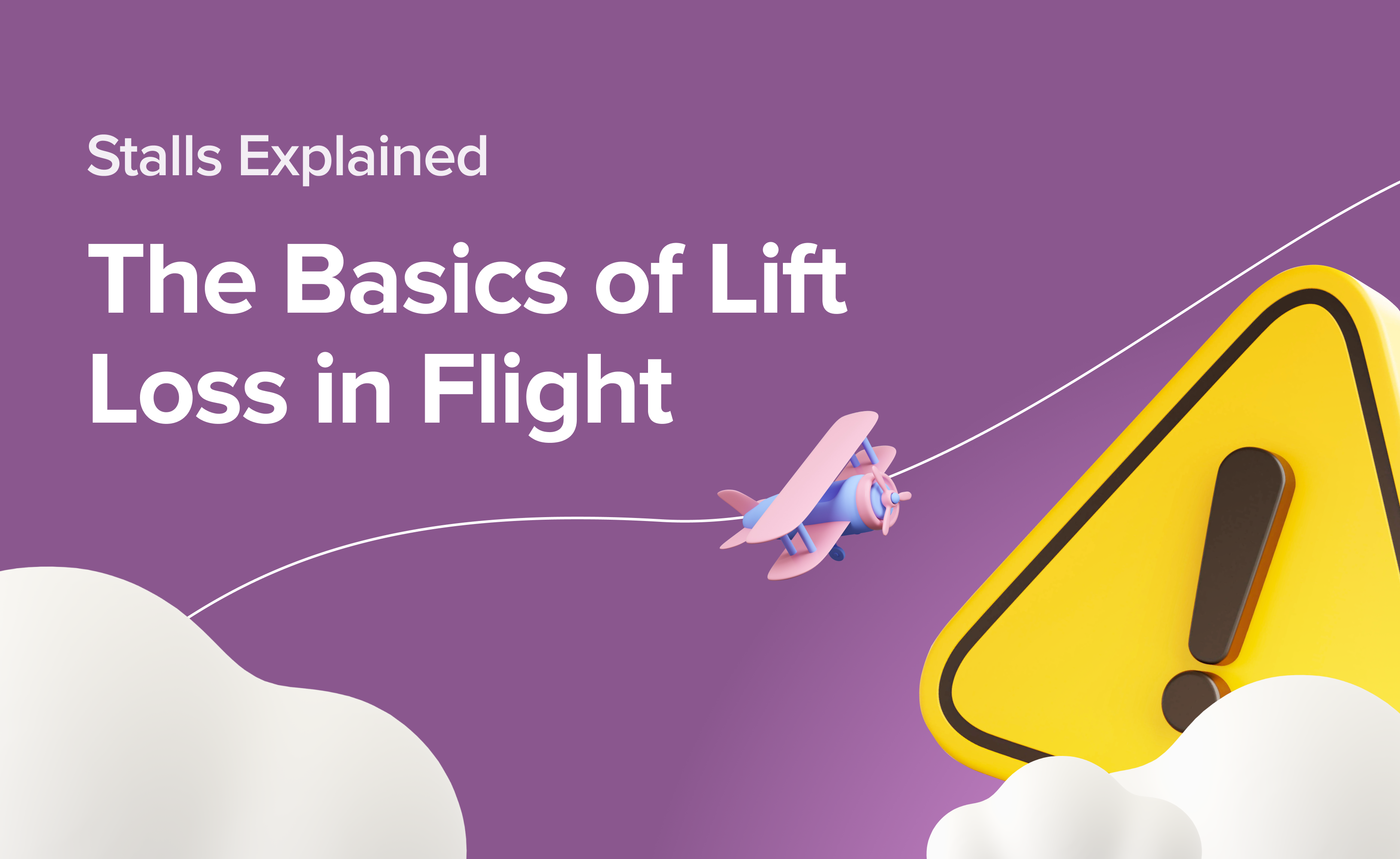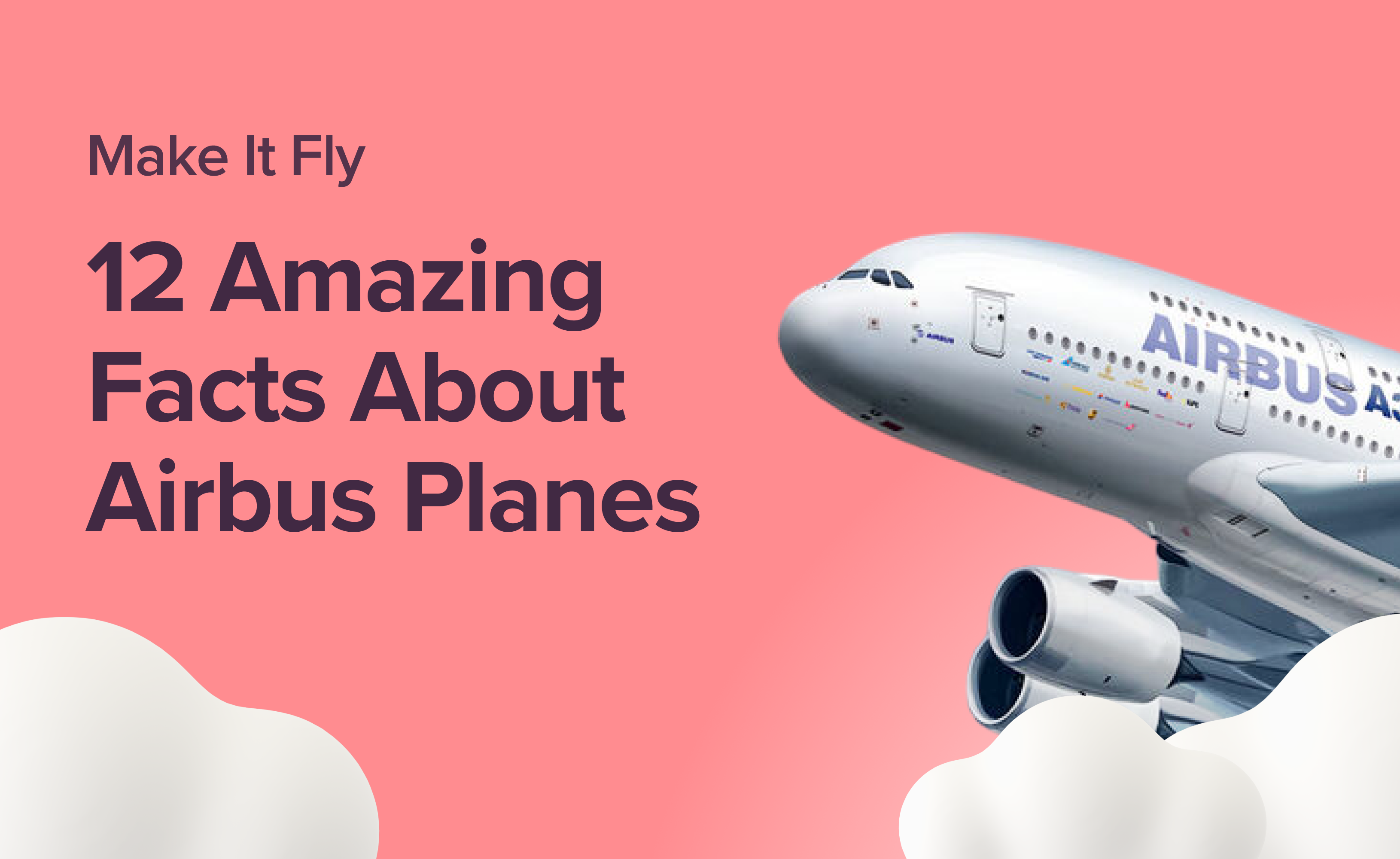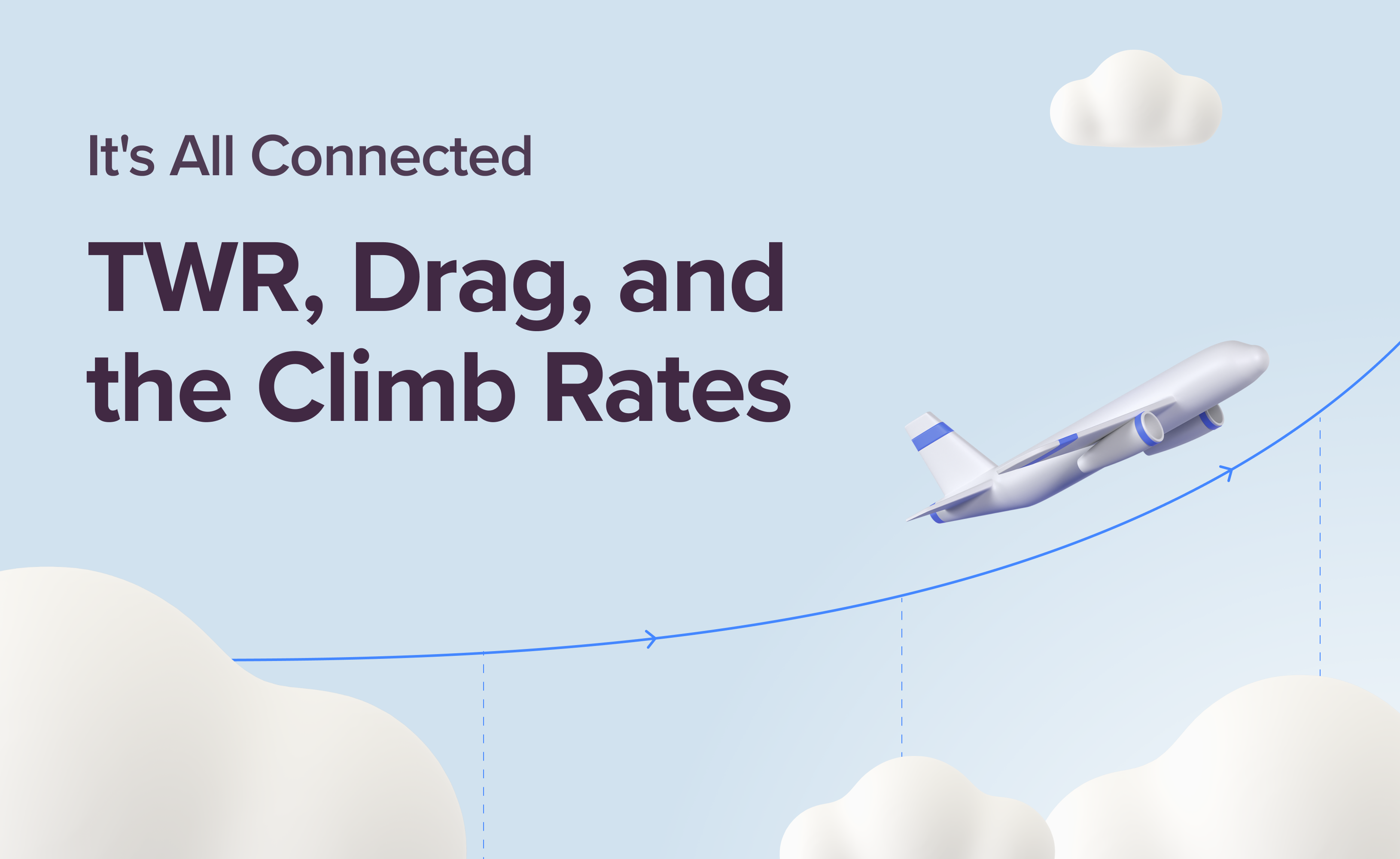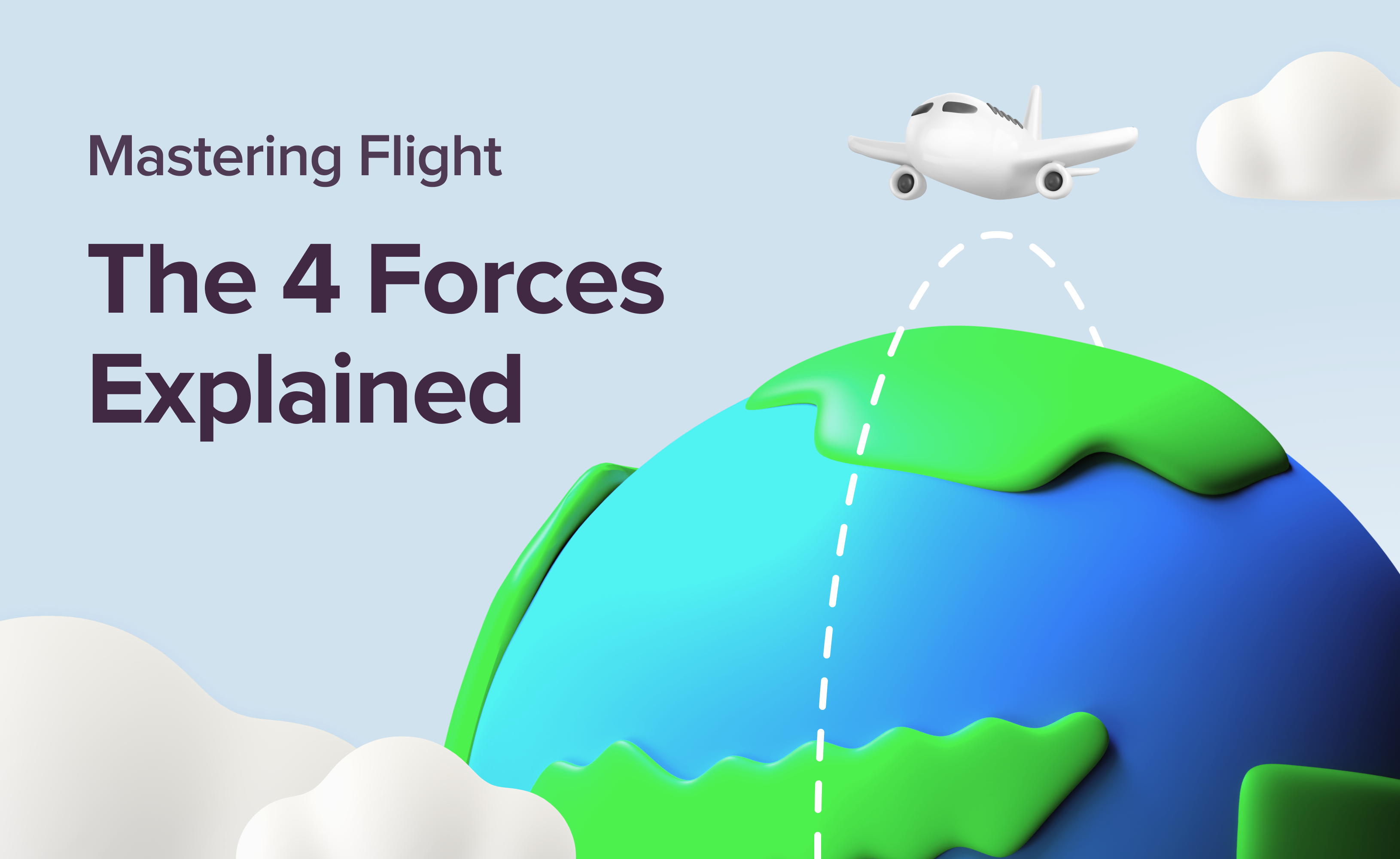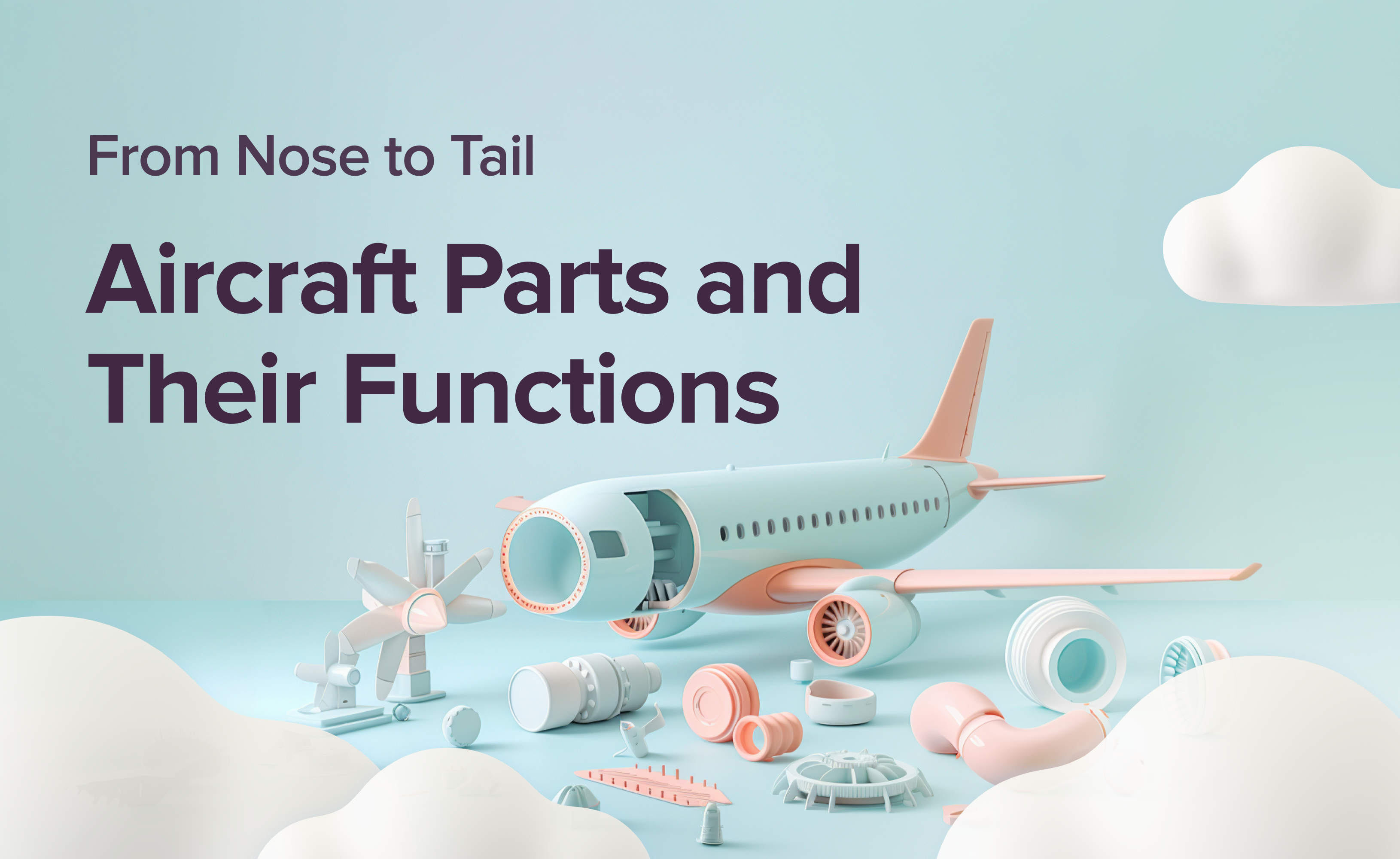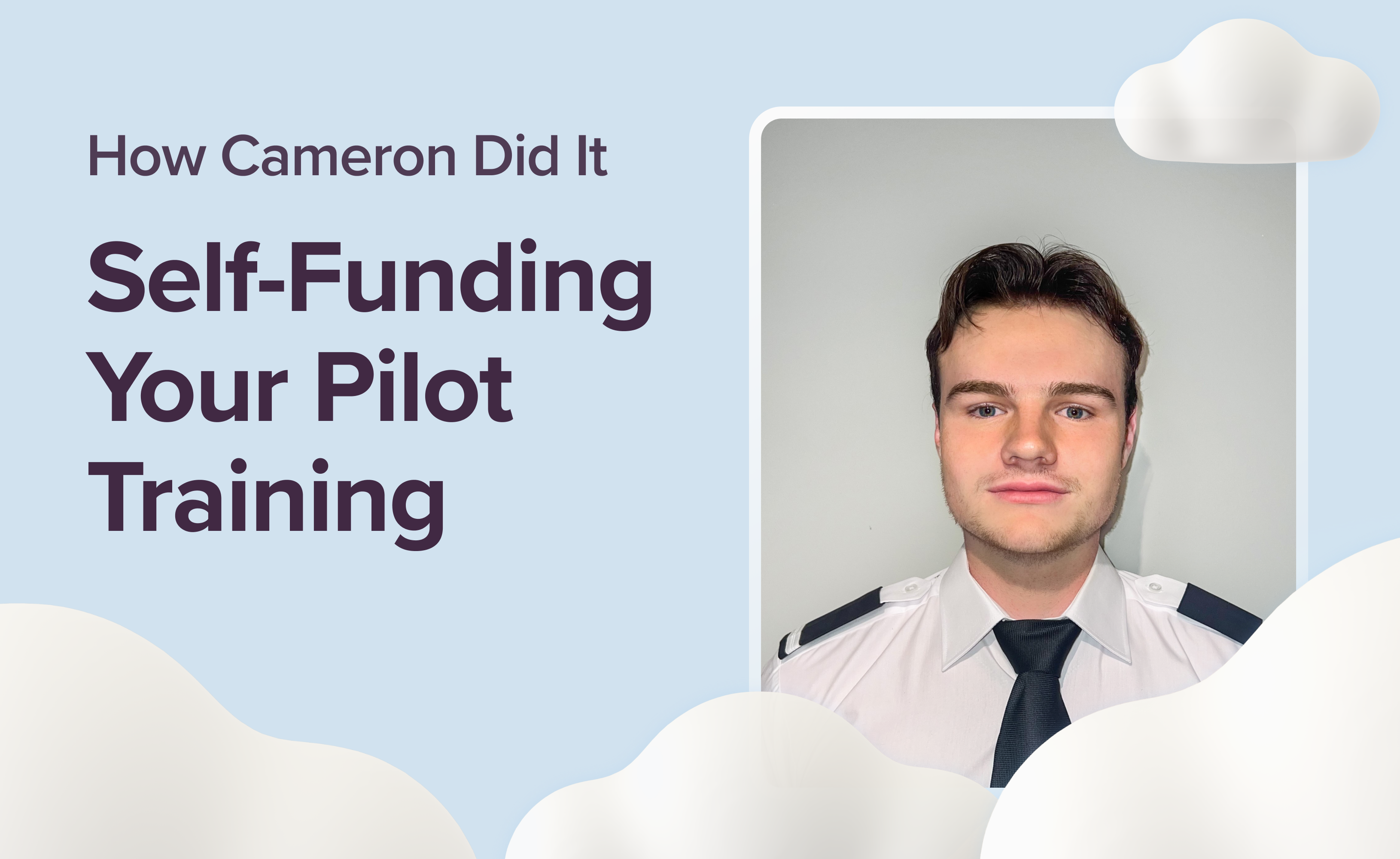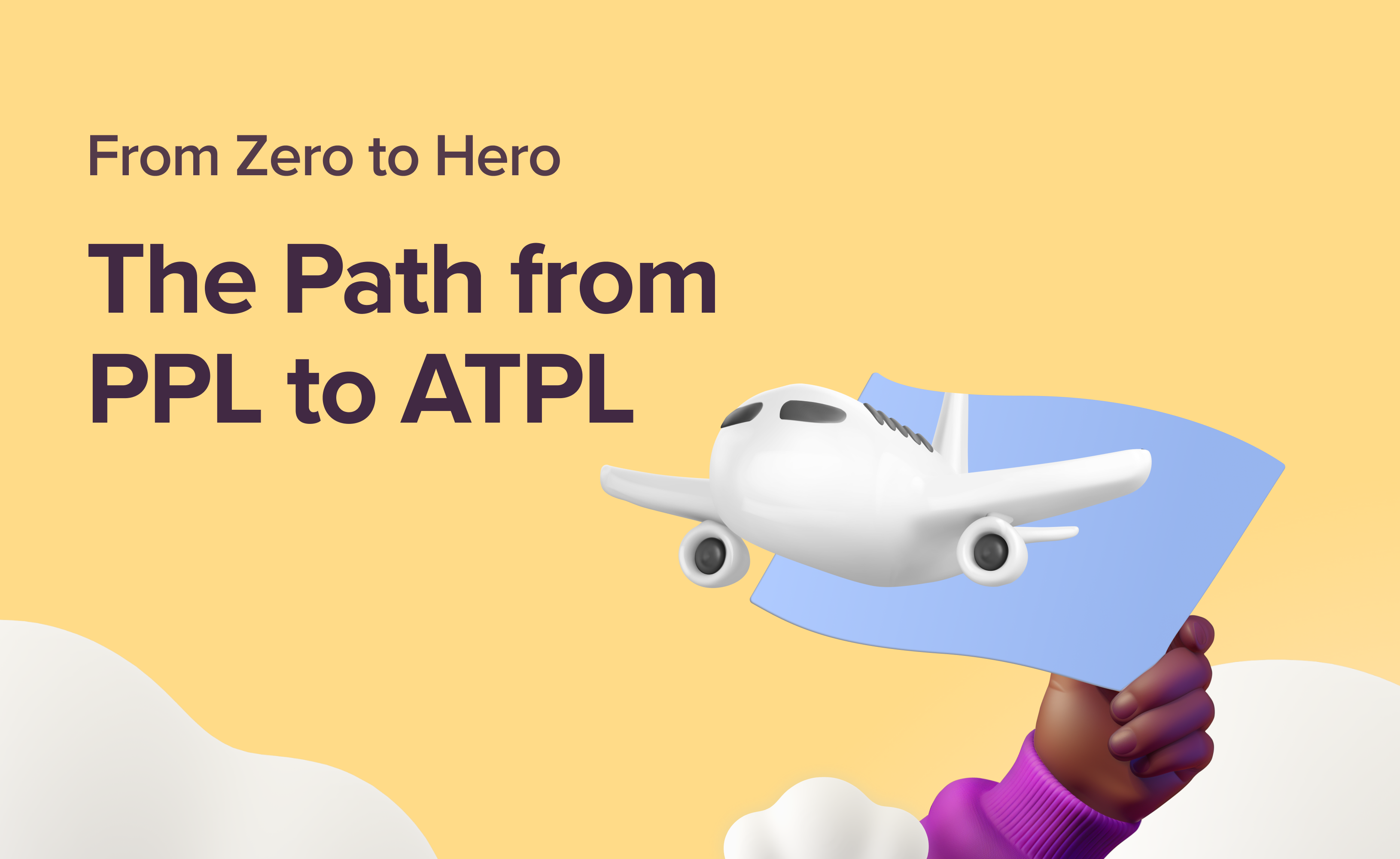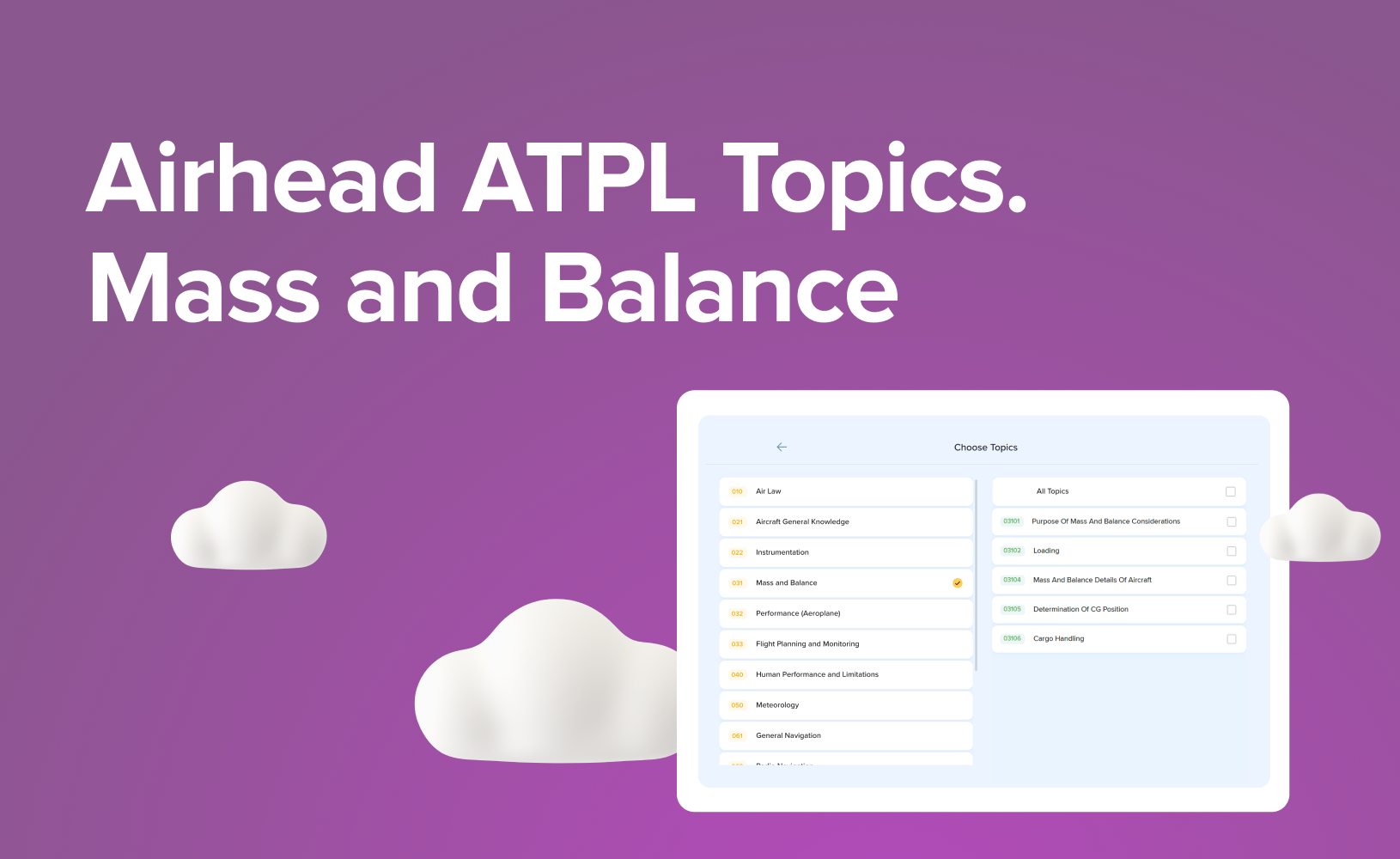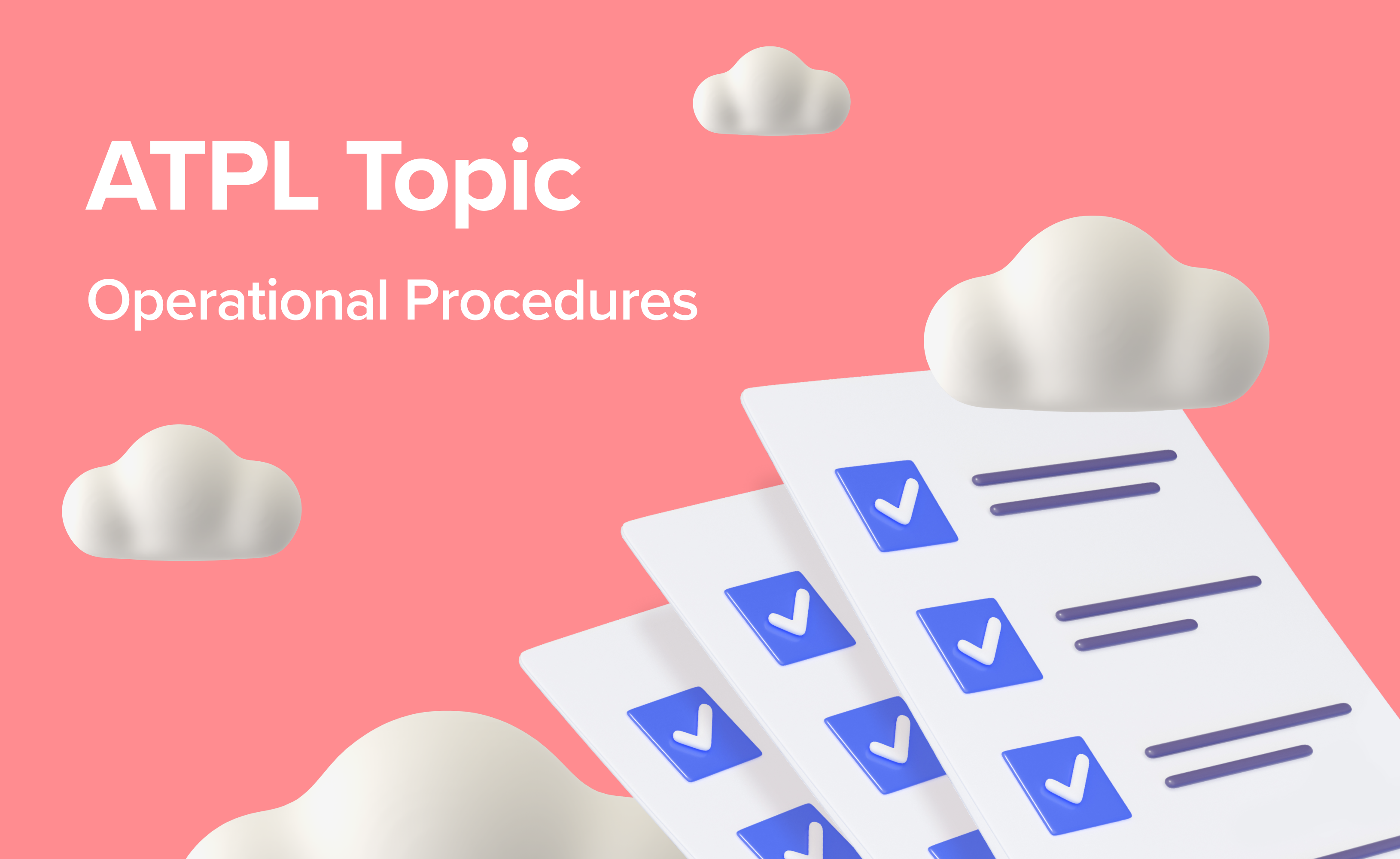Top 10 Myths About Becoming an Airline Pilot
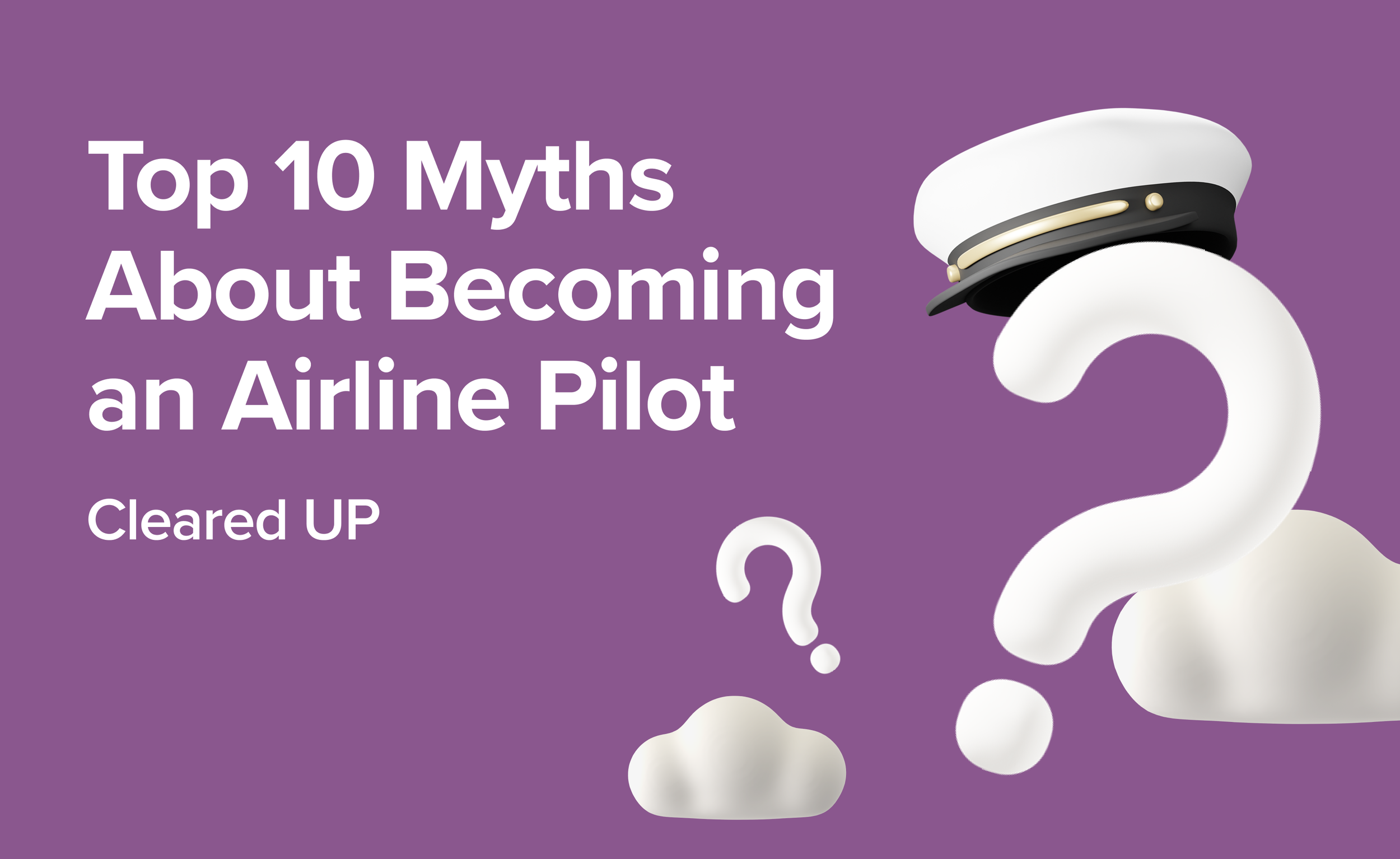
Being an airline pilot is not just a job—it's a thrilling journey filled with challenges and rewards. Picture yourself in the cockpit of a sophisticated aircraft, guiding it safely through the skies, and transporting people to their destinations.
However, amidst the glamour and thrill, there exist common misconceptions about what it truly means to become an airline pilot. Whether from Hollywood movies, television dramas, or urban legends, these beliefs can cloud the path to understanding this prestigious profession. Join us as we clear up the top 10 myths surrounding the journey to becoming a commercial pilot and set the record straight for aspiring aviators.
1. You Have to Be a Maths Genius or Have a Degree
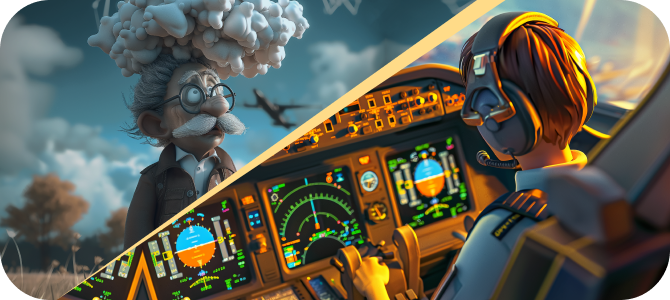
While maths is important for certain aspects of pilot training, such as navigation and understanding aircraft performance, you don't need to be a gifted student in mathematical and physical sciences to succeed.
The maths and physics involved in flying are quite straightforward, especially with the guidance of knowledgeable instructors. Basic arithmetic skills, along with the ability to read and interpret charts and graphs, are typically sufficient for most aspects of pilot training. Apart from that, present-day cockpit technology often handles complex calculations, reducing the need for pilots to perform advanced maths during flight.
As for degree-level education, it is optional. It is true that many commercial pilots do have college or university degrees, especially in aviation-related fields. However, to be approved for the pilot training program it is essential to have finished senior school. A minimum of five GCSEs grade C/4 or above, or the international equivalent, including Maths, English, and Science, is highly desirable.
2. You Must Be An Athlete

Maintaining good health is crucial for pilots, still, you don't need to possess the physical prowess of elite athletes to navigate an aircraft through the skies.
Pilots must meet certain medical standards set by aviation authorities, but these standards are not as stringent as those for elite athletes. As long as you're in good health, mentally and physically, and meet the Class 1 medical certificate requirements, you can pursue a career as a pilot.
The aviation medical exam includes a medical questionnaire, a physical examination, and, if deemed necessary, an ECG and/or audiogram. A urine test is mandatory for all candidates. Eligible applicants must demonstrate that they are free from any chronic medical conditions.It's more about maintaining a healthy lifestyle and meeting the necessary criteria rather than being an Olympic-level athlete.
So, even if you don't have a long-distance runner's endurance or a track champion's speed, you can still chart your course to the flight deck.
3. You Need Perfect Eyesight
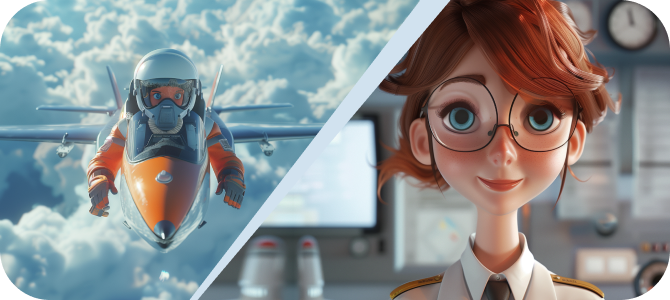
Among common myths about being a commercial pilot, the big one concerns eyesight. While having perfect vision may seem like a prerequisite, it's not necessarily the case. The aviation industry recognizes that not everyone has flawless eyesight, which is why reasonable vision standards are in place.
Per the CAA's guidelines for aviation medical examiners, first-class air transport and second-class commercial pilots are required to have 6/6 distance vision in both eyes, with or without corrective lenses.
An applicant may be deemed medically fit with hypermetropia not exceeding +5.0 dioptres, myopia not exceeding -6.0 dioptres, astigmatism not exceeding 2.0 dioptres, and anisometropia not exceeding 2.0 dioptres, provided that optimal correction has been considered and no significant pathology is demonstrated. If you're unsure about how your vision might impact your eligibility for pilot training, consulting with CAA-approved aviation medical examiners is a smart move.
They can assess your vision and guide any necessary corrective measures, ensuring you're on the right path to pursuing your aviation dreams.
4. You Must Be Under the Age of 25
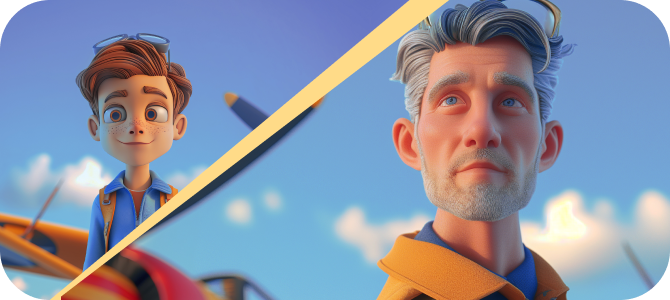
Another big myth surrounds the ideal age to join a pilot school. While younger individuals may benefit from efficient learning processes, particularly if they are already passionate about aviation, studies have shown that people of all ages can successfully learn and develop the necessary skills for an aviation career.
According to the latest statistics, the average age of students in flight school is around 27 years old, showcasing the diversity of aspiring pilots. This age range can vary significantly based on the type of flight training and location.
For instance, private pilot training typically begins at the age of 17 or 18, while commercial pilot training may have an average starting age of 21-25 years old. However, military flight training offers an even broader age range, with students starting as young as 18 and others beginning their training in their late 30s or early 40s.
Furthermore, many pilots embark on their training and career journey at different stages of life. Some may choose to start immediately after high school, while others may decide to switch careers or pursue their passion for flying later on. This flexibility highlights that age is not a barrier to becoming a successful pilot, and individuals of all ages can pursue their aspirations in aviation.
5. You Have to Be a Man

Traditionally, the field of aviation has been predominantly occupied by men, yet there has been considerable progress in recent times toward including more women in the sector. Currently, women in aviation are breaking stereotypes by not just serving as flight attendants but also taking on roles as commercial airline pilots.
While the majority of commercial pilots are still men, there is no inherent reason why women cannot succeed as pilots. Airlines and aviation organisations actively promote diversity and inclusivity, encouraging individuals of all genders to pursue careers in aviation.
The percentage of women airline pilots globally is only 4% to 6%, but it is growing. In 2021, India topped the global charts for having the highest proportion of women pilots, with women making up approximately 12.4% of the professional pilots workforce.
In the UK the share increased from 4.3% in 2016 to 4.9% in 2021 (source: CAA), while the figure for the US increased from 4.4% in 2017 to 4.9% in 2022.
It should be recognised that pilot performance isn't determined by gender but rather by individual skills, training, experience, and aptitude. With equal access to training and opportunities, both men and women can excel in the aviation industry and achieve their dreams of becoming skilled pilots.
6. You Should Be a Natural-Born Leader
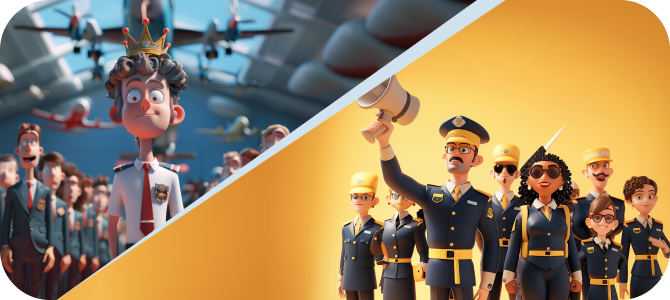
The belief that only natural-born leaders can succeed as pilots is another big myth. Leadership qualities such as decisiveness, communication skills, and the ability to remain calm under pressure are important for pilots. The good news is that they can be developed and honed over time through training and experience.
Piloting requires a combination of technical proficiency, problem-solving abilities, and effective decision-making, all of which can be learned and improved through dedicated effort and practice. Additionally, successful pilots come from diverse backgrounds and possess a range of personality traits and leadership styles. Therefore, while natural leadership abilities can be beneficial, they are not the sole determinant of a successful pilot career.
7. You Only Need One Quick Licence

Contrary to common belief, becoming an airline pilot involves more than simply acquiring a quick licence. It's a journey that requires significant effort and dedication. While some may liken it to obtaining a driver's licence, the reality is far more demanding. Flight training and pilot apprenticeships are rigorous and time-intensive. To fly commercially, pilots need to obtain various licences and ratings tailored to their career goals.
This process varies depending on individual circumstances. Integrated schools take ab initio students through to a Commercial Pilot Licence (CPL) or a frozen Airline Transport Pilot Licence (fATPL) with no Private Pilot Licence (PPL) required. However, modular students must first obtain a PPL before sitting their commercial exams. Ratings also include night and instrument qualifications. For further insights into different pilot training options, visit this link. More details about frozen ATPL can be found here.
8. You Better Forget About Family and Social Life

The perception that pursuing a career as a commercial pilot requires sacrificing one's social life and family time is common due to the demanding nature of the profession. Commercial aircraft pilots often have irregular schedules, long hours, and frequent time away from home, which can indeed impact their ability to maintain a traditional social life and spend time with family.
The long hours that pilots put in away from home might be seen as a perk of the work by some or a major drawback by others, depending on their personality. Some people in the aviation industry may spend a lot of time on the go. Along with that airlines have made it a priority in recent years to create work schedules that allow pilots to be on duty for multiple days before getting almost as many days off as they are on.
However, many airlines use roster systems, offering pilots of passenger planes a certain predictability in their schedules. Some airlines provide the option to bid for time off, along with generous holiday allowances and excellent maternity and paternity benefits.
9. You Need to Be Rich

Pursuing a career as an airline pilot can indeed involve substantial financial investment. On average, the cost for a complete CPL training program can range from £50,000 to £80,000 or more. Integrated training programs typically come with higher costs, ranging from about £65,000 to £100,000. It's worthwhile to note that these figures may vary depending on factors such as the type of training, location, individual ability and program duration.
While pursuing a career as an airline pilot can indeed involve significant costs, it's not impossible for young people facing financial constraints. There are various paths and strategies available to help aspiring pilots manage the financial burden, such as scholarships, grants, loans, and sponsorship programs offered by flight schools, airlines, and government agencies. Some are listed here.
Some individuals choose to work part-time jobs or explore financing options such as loans to fund their training. Additionally, flight schools may offer stage-payment options, allowing candidates to pay for the course in instalments ahead of training delivery.
A word of caution. Be wary of flight schools that ask for large upfront payments upfront for flying hours. Some of them went bankrupt in 2023, with considerable sums of money owed to students who could ill-afford to lose them. This link has more details.
Research and explore all available options and develop a solid financial plan to achieve your goal of becoming an airline pilot, even in the face of financial constraints.
10. Your Training Takes Too Long

The process of becoming a commercial pilot is undoubtedly challenging and can take several years to complete. However, the duration and difficulty vary depending on individual circumstances, such as the type of training program chosen, the candidate's prior experience, and their dedication to the process.
For instance, an integrated training program, where all flight training is completed in a structured curriculum, typically takes around 18 to 24 months to complete. On the other hand, a modular training approach, where candidates complete training modules at their own pace, may take longer. This duration is comparable to other professions; for instance, training to become an architect typically takes 7 years, including 5 years of study and two years of professional experience. Learn more about how to become a pilot in the UK & Europe.
Commercial pilots must continuously pursue education. This helps to ensure that those responsible for flight safety are constantly trained and stay updated on the latest information and technologies of modern aircraft. Expect ongoing learning and skill improvement throughout your career; it's not a one-time exam scenario.
Takeaway
Many misconceptions surround the idea of becoming an airline pilot, often leading individuals to believe it's a career reserved for a select few. However, the truth is that with dedication and perseverance, anyone with a passion for aviation can achieve their dream of flying commercially.
Commitment to the profession, coupled with a genuine love for aviation and a continuous desire to learn, are key attributes for aspiring pilots. Fortunately, the rewards of such dedication are abundant, especially in light of the high demand for pilots in the coming decades.
A recent report by Airbus, underscores the pressing need for skilled pilots, with 80 new pilots required daily worldwide over the next 20 years. In Europe, including the UK, this demand is particularly significant, accounting for 20% of the global surge in pilot jobs. This translates to an astonishing need for 16 pilots per day in Europe alone, totalling 5,840 pilots annually until 2042.
So, to all the dreamers out there, remember: the sky's the limit, and with dedication and passion, you can soar higher than you ever imagined. Don't let misconceptions hold you back. Embrace the opportunity to chase your dreams and become part of the exciting future of aviation!




